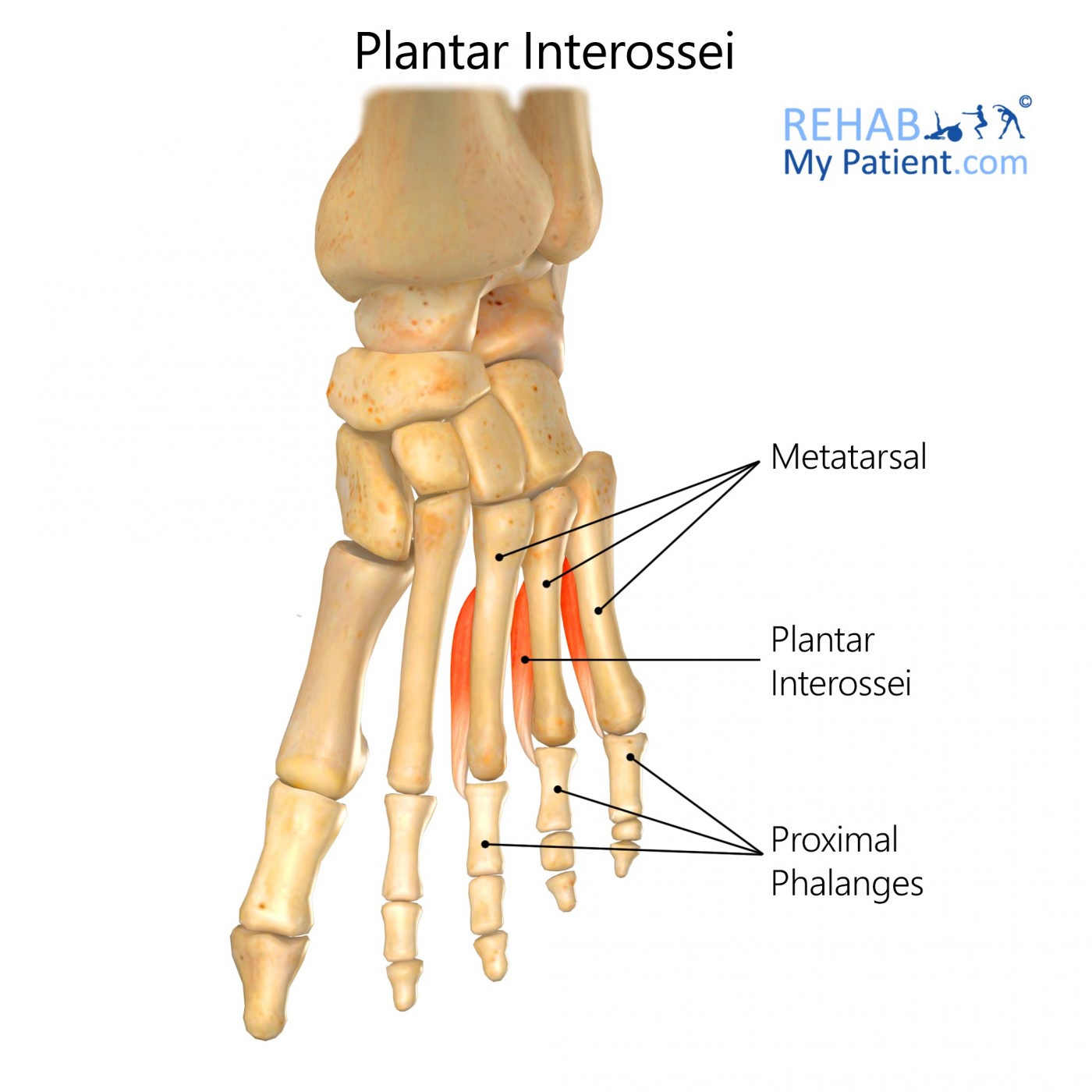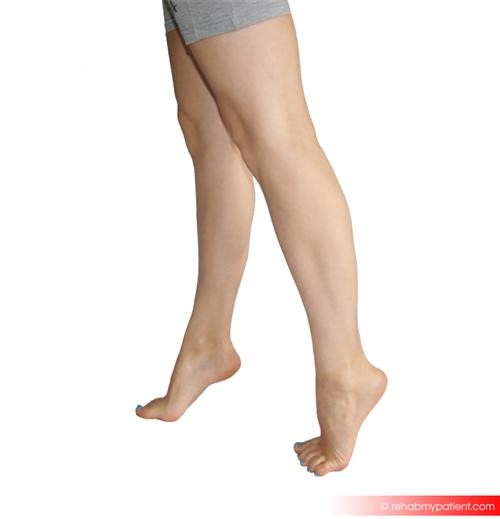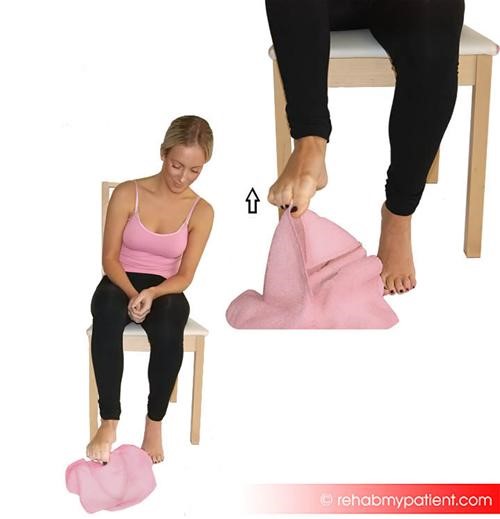
General information
The three plantar interosseous muscles are each located below the metatarsal bones and are components of the 4th and most inner layer of muscles in the bottom of the foot.
Literal meaning
In Latin, they are referred to as musculi interossei plantares and despite their actual locations, translate to “muscles between the bones on the sole of the foot”.
Interesting information
With the assistance of the abductor digiti minimi and the dorsal, the plantar interossei help to regulate the positioning of the third, fourth and fifth toes during the initial push-off phase of running and walking. They also serve to prevent spreading of the toes when weight is unexpectedly or abruptly put on the forefoot.
Origin
They arise from the inferior, medial section of the 5th, 4th and 3rd metatarsal bones.
Insertion
Central region of the bottom of the toe’s 1st phalanx, then into the bands of tissues of the Extensor digitorum longus.
Function
Flexion of the metatarsal phalangeal joints of the proximal phalanges.
Aid in the extension of interphalangeal joints of the distal phalanges.
Adduction - Pull toes inward towards the body of the 2nd toe.
Nerve supply
Muscular (deep) branch of the lateral plantar nerve.
Blood supply
The plantar arch, lateral plantar artery, dorsal digital arteries and 2nd to 4th plantar metacarpal arteries.

Relevant research
Research has shown that the plantar interossei muscles are not limited to only bony attachments at their origin but in fact, soft tissue origination has been observed. In a number of cases the muscles were found to originate from plantar ligaments, fascia of adjacent muscles, or both. The most common soft tissue point of origin is the ligamentous meshwork created from the intertwining of the long plantar and intermetatarsal ligaments, along with the peroneal sheath.
Kalin PJ, Hirsch BE. The origins and function of the interosseous muscles of the foot. J Anat. 1987;152:83–91
Beaton, L. E., & Anson, B. J. (1938). The sciatic nerve and the piriformis muscle: their interrelation a possible cause of coccygodynia. The Journal of Bone & Joint Surgery, 20(3), 686-688.
Sayson, S. C., Ducey, J. P., Maybrey, J. B., Wesley, R. L., & Vermilion, D. (1994). Sciatic entrapment neuropathy associated with an anomalous piriformis muscle. Pain, 59(1), 149-152.
Plantar interrossei exercises
Strengthening the intrinsic muscles of your feet is always a good way to improve your gait and stride.
Walk around your house barefooted for at least 10 – 15 minutes daily.

Standing straight, place your hands above your head then stretch upwards until you are standing on your forefeet. Hold this pose for 30 seconds then slowly descend until you are standing flat. Rest for 30 seconds and repeat.

Another great way to strengthen them is to place a towel beneath your foot and take hold of it with your toes. Do this ten times with each foot, then take a 60 second break and repeat to perform three sets of ten. As time passes, the towel may be replaced with a pen or pencil.

Sign Up
Sign up for your free trial now!
Get started with Rehab My Patient today and revolutionize your exercise prescription process for effective rehabilitation.
Start Your 14-Day Free Trial